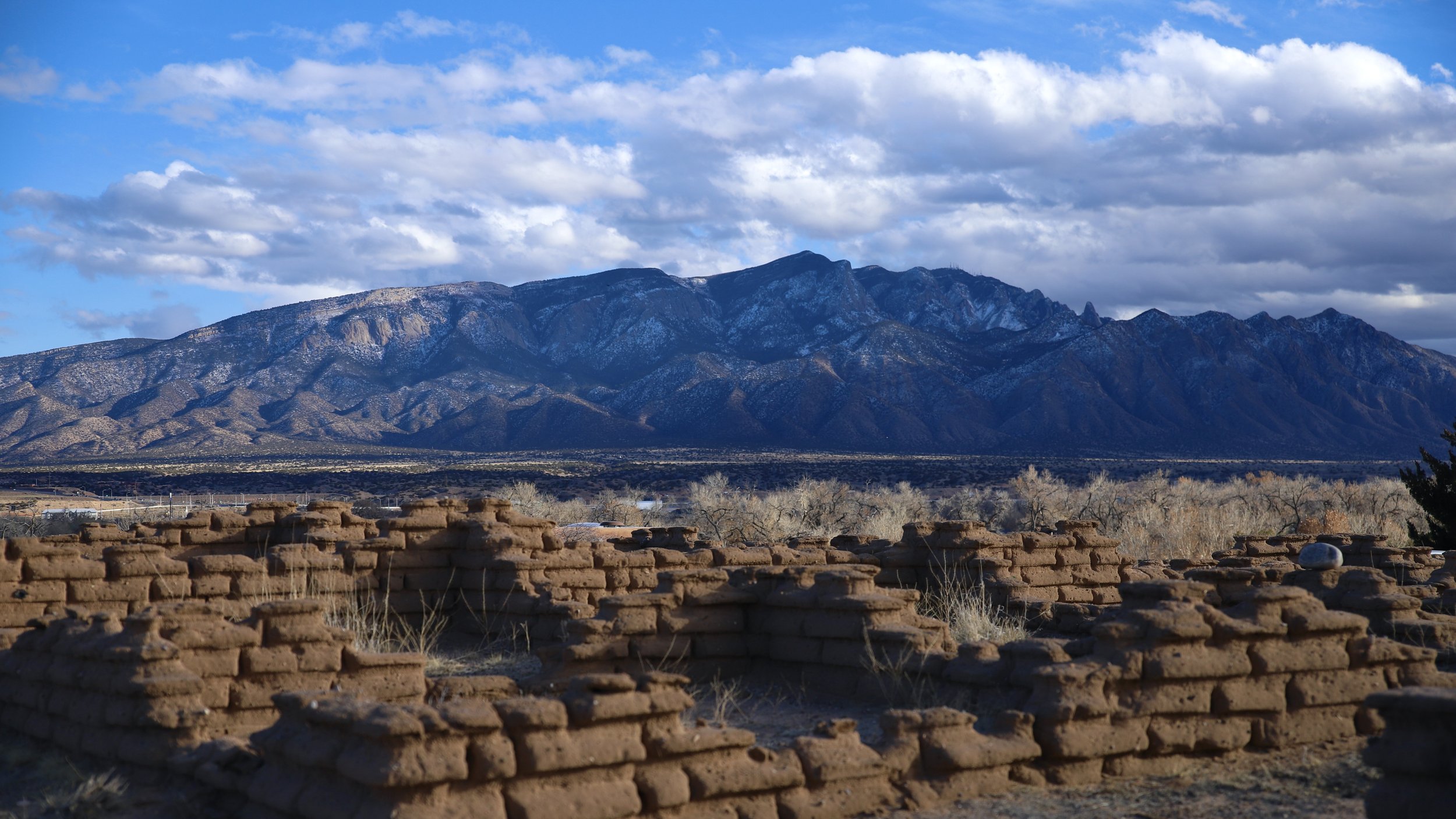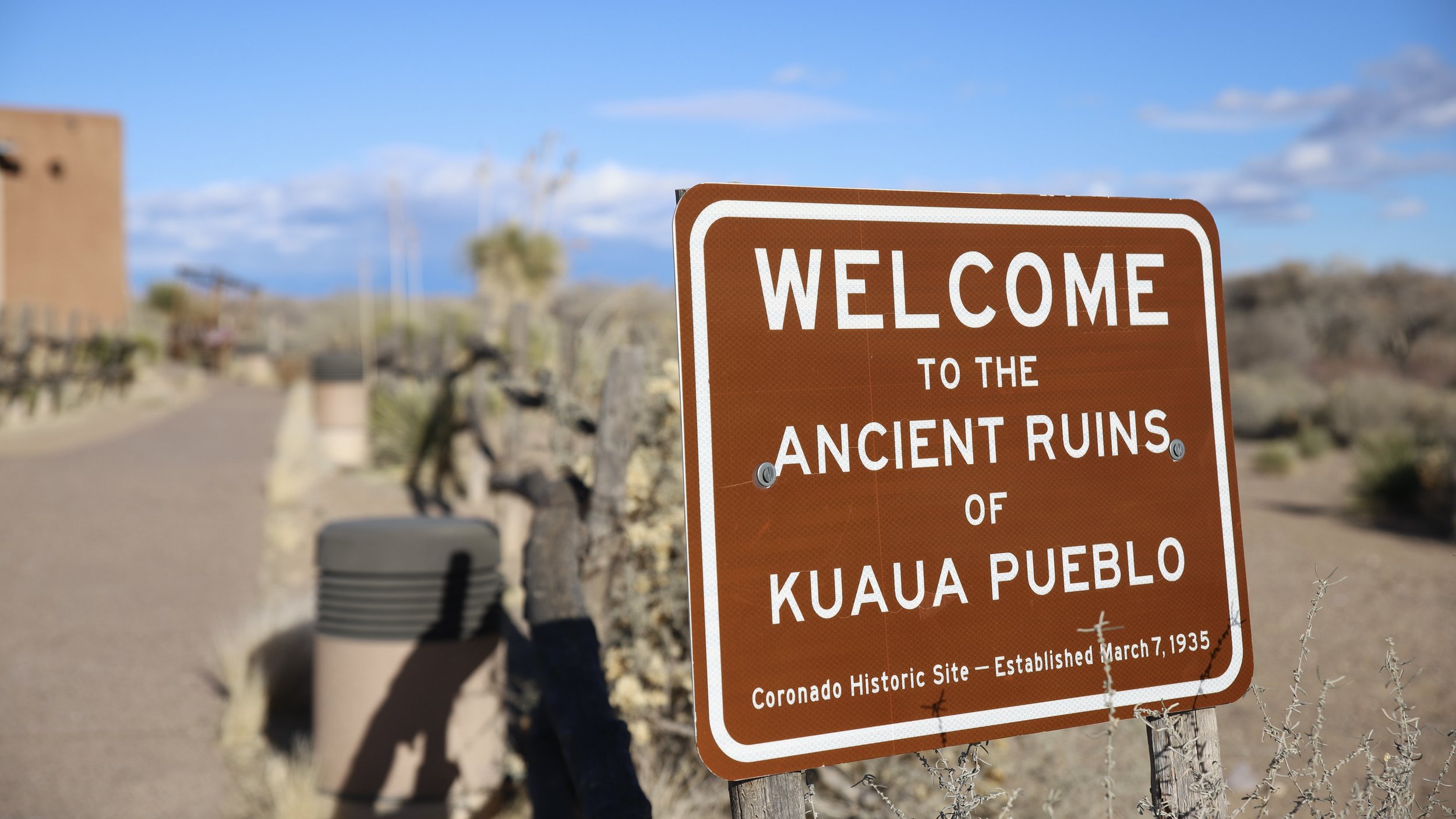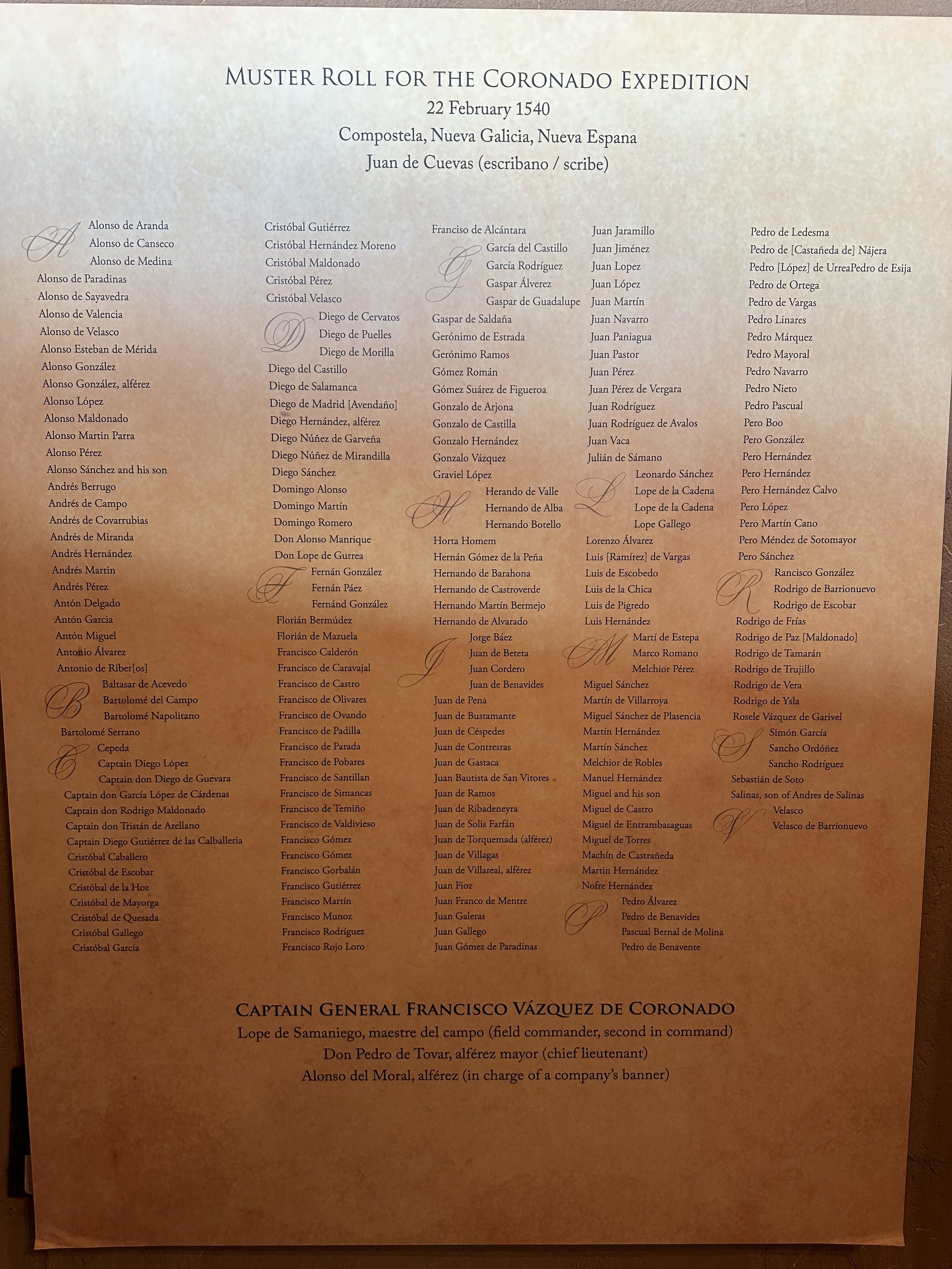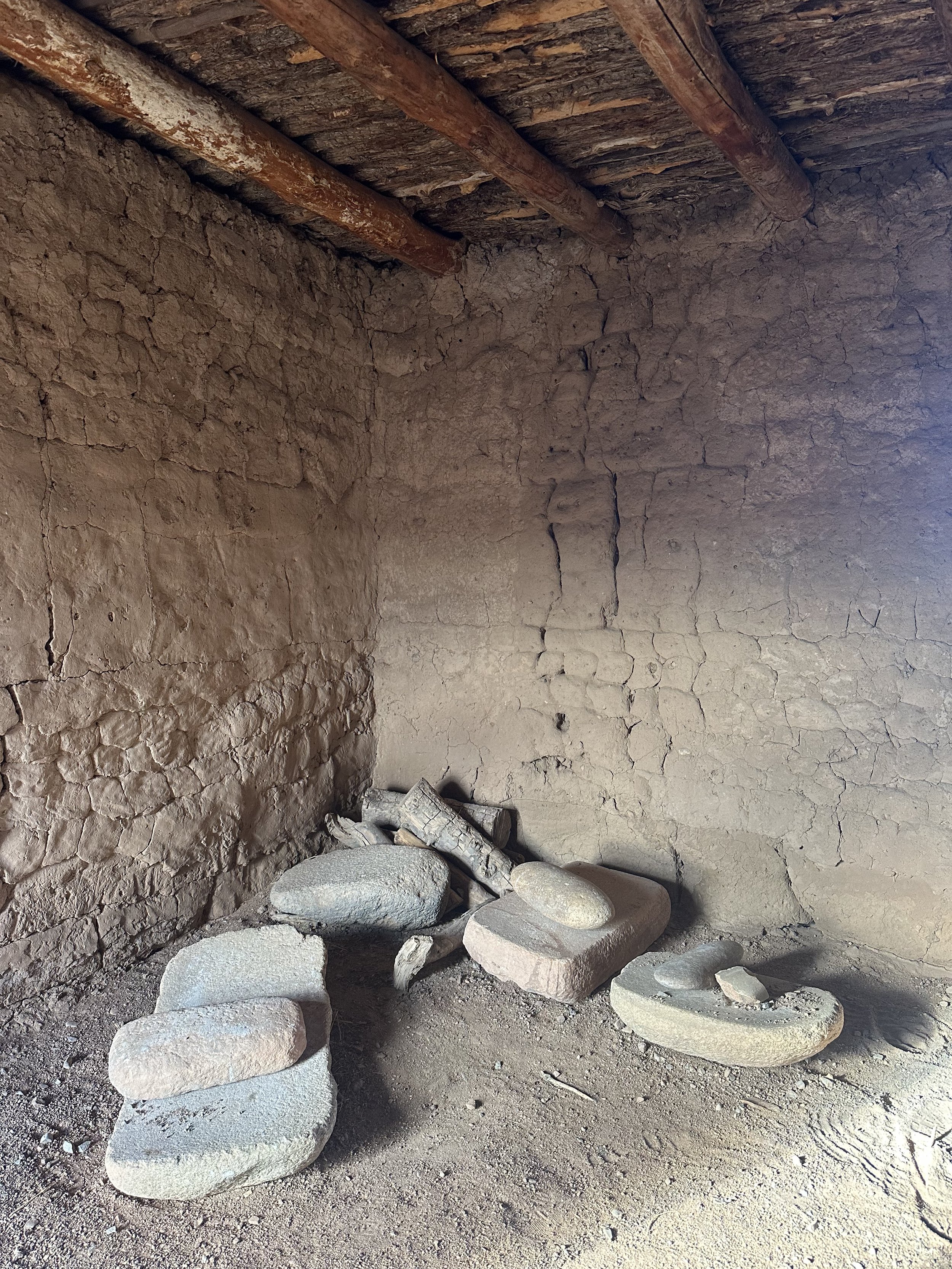
Coronado Historic Site
Coronado Historic Site is a very accessible Museum complete with the Puebloan Ruins of Kuaua, a fantastic view of the Salina Mountains, and a room full of amazing Kiva murals.
The site is just north of Bernalillo, right off of I-25, just west of the Rio Grande River, and in the shadow of the wonderful Sandia Mountains. There are short trails to the river and the bosque, trails through the ruins, a small gift shop, a small museum with a wealth of information, and an incredibly rare room filled with kiva murals.
The Pueblo, Kuaua (pronounced "Kwahwah" and meaning "evergreen" in the Tiwa language) was quite large and there are reconstructed buildings and a reconstructed kiva that can be accessed via a private tour. There are no pictures allowed in the Kiva Mural room but it absolutely must be checked out. Especially if you’re interested in the Puebloan’s life and history.




The area had humans hunting big game in the Pleistocene but the Pueblo’s history began 2,000 years ago when people began moving into the Rio Grande Valley to hunt and to gather resources. Then by AD 600, Anasazi or Ancestral Puebloans began building pithouses which grew significantly after the Anasazi Civil War and the migration of the Mesa Verdeans to the area. That began in the 1200s but accelerated rapidly in the 1400s. Before the site was abandoned, over 1,500 rooms had been constructed at Kuaua.
The site is at a perfect spot for trade, even prior to the Spanish. Found among the ruins were Pacific Coast & Gulf of California Seashells, Macaw Feathers from Mexico, Pottery from Hopi, Bison from the Great Plains, Freshwater Shells from Kansas & Oklahoma, and a whole lot more. Kuaua was one of a dozen Tiwa speaking pueblos along a 30 mile corridor of the Rio Grande. The Spanish called this corridor the Province of Tiguex.





